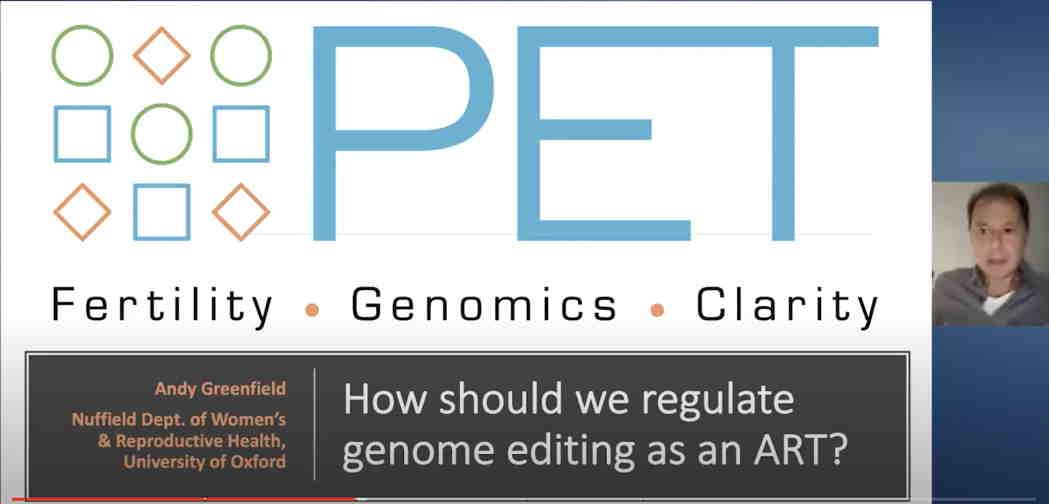A Sandbox for Designer Babies?

Advocates of legalizing heritable human genome editing (HGE) in the UK are skipping right over the relevant questions – whether it should go forward (and why on earth that would be justifiable) – and focusing instead on how they can make it happen.
Their strategy seems to involve creating an aura of inevitability around technological progress in this direction, even if that skips over a number of awkward facts. For instance: (1) HGE is currently illegal in the UK (as it is in 69 other countries). (2) The public overall opposes HGE (as do many scientists, bioethicists, social justice advocates, and others). (3) The technology does not work predictably enough to risk human pregnancies (leading to headlines in Nature about “chromosomal mayhem” in gene-edited human embryos).
But the enthusiasts make the heroic assumption that all these difficulties will be overcome. They have taken to discussing ways to make their crusade easier by changing or abandoning the 14-day limit on embryo research, and details about systems for using HGE in practice that would assuage public doubts and concerns. They are well aware that it will be hard to overcome widespread skepticism and opposition, and to convince the public that the technology is safe, unless they can claim that some form of monitoring and quality control will be put in place.
In the UK, reproductive technologies and embryo research are under the purview of the quasi-governmental Human Fertilisation and Embryology Authority (HFEA). The agency’s mandate is coming due for revision by Parliament, and as part of the lead-up discussion, some experts have proposed “future proofing” the HFEA, essentially by allowing it to approve moving heritable genome editing to the clinic.
Details about this proposed approach were revealed at an online event conducted last October by the Progress Educational Trust (PET), and uploaded to YouTube this week:
From AI to CRISPR: How Should Emerging Reproductive Technologies Be Regulated?
Three of the four speakers mentioned HGE, and Andy Greenfield (a member of the International Commission on the Clinical Use of Human Germline Genome Editing) focused his presentation on “how should we regulate genome editing as an assisted reproductive technology.” He presented the “sandbox” concept that has been introduced for the regulation of novel financial instruments, known as “fintech”: Government creates a “safe space” in which businesses can “introduce innovative products and services and business models and delivery mechanisms without immediately incurring all the normal regulatory consequences.” This allows for rapid evolution of regulations so that the overseeing authority can plug any holes that appear or adjust any unnecessary obstructions to commerce, in a continuing evolution with “regular iterations and reviews” which are “outcome based.”
As a way of prototyping financial regulations, this sounds very sensible. There may even be relevance to the reproductive sector: Some processes – testing methods and the like, perhaps – might be approved for real-world application in a limited number of clinics before being passed for general use.
But babies? As far as is publicly known, three infants have been born after embryonic genetic interventions. In two of them we know for sure that the edits did not work as planned; for the third, we do not know the baby’s genomic status. We know nothing about the health of any of them. When the news of the first two births became public, the world was horrified and the scientific establishment almost unanimously expressed shock and horror. The scientist who presided over it was imprisoned for three years.
The advocates continue to work behind the scenes. They are not exactly hiding, but the HFEA Legislative Reform Advisory Group, for example, is not a high-profile body. Nor is the Progress Educational Trust itself, valuable though its work is; the PET YouTube channel has 319 subscribers and its most popular video racked up 598 views in six months. But the ripples of influence run far wider than such numbers might suggest. What we are seeing is the careful construction of a scenario for legalizing heritable human genome editing.



